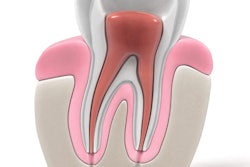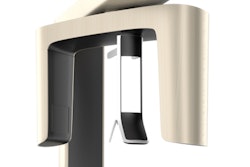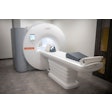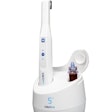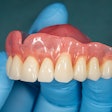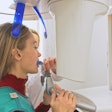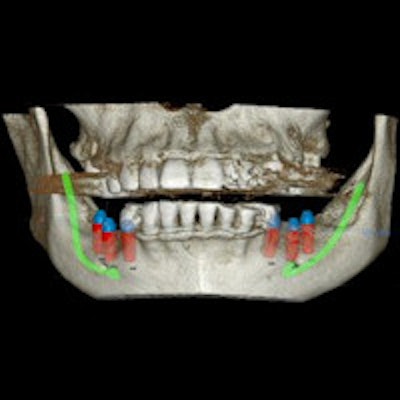
If you suspect a patient has a vertical root fracture (VRF) in an endodontically treated tooth, what clinical tool is best to help you make that diagnosis?
Researchers from the University of Toronto Faculty of Dentistry in Ontario, Canada, wanted to find out if cone-beam CT (CBCT) is a reliable test for detecting vertical root fractures in endodontically treated teeth and conducted a systematic review of in vivo clinical diagnostic literature.
"Because of the significant imprecision in the range of reported estimates and the biases observed in the included studies, there is currently insufficient evidence to suggest that CBCT is a reliable test in detecting VRFs in endodontically treated teeth," lead study author Edwin Chang, DDS, and colleagues wrote in the Journal of Endodontics (JOE, November 26, 2015).
Previous research
In a previous study, U.K. researchers looked at only 21 teeth from 20 patients and suggested that the high specificity seen in both CBCT and digital radiography means both can reliably detect an unfractured tooth (J Endod, October 2014, Vol. 40:10, pp. 1524-1529). But, the authors of the current study noted that the specificity of CBCT may also indicate that it may not be capable of accurately detecting fractures and might be producing negative results.
Also, a meta-analysis conducted in 2013 by researchers in China studied the diagnostic accuracy of CBCT for tooth fractures. They found that CBCT has a high diagnostic accuracy and could be used in clinical settings. "We can be very confident with positive test results but should be very cautious with negative test results, especially for endodontically treated teeth," they noted (Journal of Dentistry, March 2014, Vol. 42:3, pp. 240-248).
The Canadian researchers of the current study winnowed more than 2,300 studies down to four after assessing their methodological quality. The sample sizes in these four studies ranged from 10 to 49 teeth. However, as the authors reported, the calculated prevalence of vertical root fractors ranged from 40% to 90% in these four studies.
Even more concerning was the "large variation" in the reported agreement values among the interpreters, they noted. Two of the studies reported no intrarater or interrater scores; one reported a wide range of intrarater and interrater agreement scores (from 51% to 100% and 25% to 79%, respectively); and one study reported very good interrater agreement (94%).
Practical diagnosis
"Our findings are not in agreement with a 2013 meta-analysis that evaluated the diagnostic ability of CBCT in detecting any type of root fracture (vertical and horizontal) in both endodontically and nonendodontically treated teeth," the authors wrote.
In the meta-analysis, the researchers pooled estimates of sensitivity of 92% and specificity of 85%, and they suggested that CBCT is a "highly discriminative test." They also commented that the sensitivity of CBCT was decreased when endodontic treatment had occurred.
“To maximize the chances of detecting a VRF by using CBCT, the clinician's best tools still consist of what is done before the CBCT”
The results of the current study should be interpreted cautiously, according to the authors of the JOE study.
"Because of the relatively subjective nature of radiologic interpretation, another source of variability is the possibility of positivity threshold effects that can directly affect the final sensitivity and specificity values," they wrote.
They give the example that observers who interpret root fractures as present only if they clearly see a distracted fracture plane centered within a region of periradicular bone loss may produce higher specificity and lower sensitivity values, compared with less conservative observers who record fracture presence despite seeing similarly appearing imaging artifacts nearby.
The most clinically relevant question for both the patient who has undergone CBCT imaging and the treating practitioner is: "What is the probability that the interpretation of presence or absence of VRF is correct?"
The authors emphasize that to answer this crucial question, the clinician must first understand the relationship between pretest probability and post-test probability. When disease prevalence is high, post-test probability also is high, they noted. And correspondingly, if there is low pretest prevalence, the post-test prevalence also decreases correspondingly.
"The lower the sensitivity and specificity of a test, the stronger the relationship between prevalence and predictive values," the authors wrote.
Their takeaway for the practitioner is that disease prevalence must first be measured to determine if a patient falls into either of the low or high probability categories.
"To maximize the chances of detecting a VRF by using CBCT, the clinician's best tools still consist of what is done before the CBCT (i.e., a thorough clinical examination and recognizing the signs and symptoms that are suggestive of a VRF)," the authors concluded.




